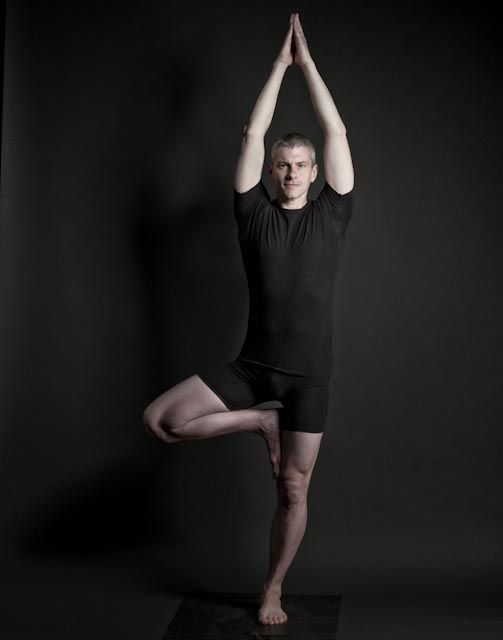The Benefits of Failure

I’m afraid to fail. Just like most people. But here’s the secret no one tells you: Failing at something doesn’t make YOU a failure. In fact, failing is a powerful aspect of growth. We need to fail in order to learn.
Unfortunately, society views failure not as an opportunity for growth but as a character flaw, a deficit of ambition or effort, or some other negative value judgment. We learn from an early age that failure is a weakness and that the only way to rise to the top is to succeed, to constantly excel, to exceed our goals and expectations.
We frequently hear the mantra, “Failure is not an option.” But this fallacy can lead to anxiety, depression, feelings of inadequacy, and patterns of self-sabotage. Many people experience a diminishment of their own self-worth as a result of a skewed perspective on failure.
To be clear, no one is telling you NOT to do your best or not to have reasonable goals in mind; what I’m saying is that if you have applied yourself to a task or embarked on a project that didn’t turn out as well as you hoped, learn from the experience. Examine the process and determine where you could have made a different choice or changed your course of action to facilitate a better (or at least a different) outcome.
Yoga has helped me learn the value of failure. Every time I practice or take a class with another teacher, I experience a degree of failure. EVERY TIME! Maybe my balance is wonky on one side of Vrksasana (Tree Pose) and I simply cannot remain in the pose — until I’m willing to keep both feet on the floor or back myself up to a wall for balance and alignment support. Or maybe I’m unable in the moment to bring my legs off the floor and into the air for Sirsasana (Head Stand). There’s nothing wrong with practicing a simplified version of the pose by keeping my knees bent and working on just bringing my spine to vertical or keeping my feet on the floor for that practice. Some days I can’t for the life of me find the sweet spot that allows me to lift both feet off the floor and balance on my hands in Kakasana (Crow Pose).

This kind of “failure” has taught me to use props in ways I might not have otherwise considered. It has also taught me to value this kind of failure on a low-stakes scale as a lesson in how to approach higher-stakes situations. I recognize that wobbling out of a yoga pose is not in the same ballpark as making financial decisions that lead to bankruptcy or becoming unhoused, or prioritizing things that ultimately yield disastrous results. But the lessons are the same and can lead us to the questions (and the wisdom) that inform how we approach precarious — even dangerous — situations in the future.
I’ve known people who lived their lives with a great degree of comfort and wealth only to have it all come crashing down around them — losing their homes, their careers, their savings, their relationships. It was horrible, and I wouldn’t wish it on anyone, but I witnessed growth and change and even gratitude that the experience left them more personally connected to others and more conscious of how precious their personal relationships are.
I’ve known other people who lived on the precipice of financial disaster for so many years that money (or the lack of it) ceased to have any power over them.
The truth of the matter is, how you approach failure, how you relate to it, makes all the difference. If you constantly fear failure, you’ll never reap the benefits of making mistakes and learning and growing. Always do and be the best you can, and know that despite your best efforts, sometimes things go awry. It’s often out of your control. Learn from it and make better, more informed decisions in the future. Let your yoga practice help guide you through it.

Lindel Hart
Lindel Hart teaches yoga online for PerfectFit Wellness. He lives in Western Massachusetts and teaches at Deerfield Academy, a private residential high school, as well as at Community Yoga and Wellness in Greenfield, MA. Visit his website, Hart Yoga.




